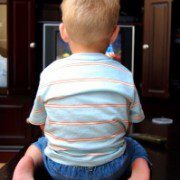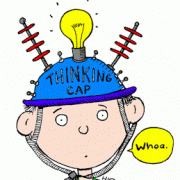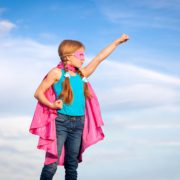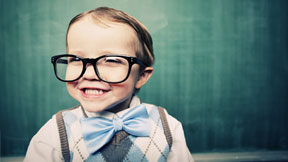No TV for Toddlers
Mental health professionals have long urged parents to limit kids’ TV time. Excessive TV watching has been linked to ADHD symptoms, and other concerns. Now, the American Academy of Pediatrics has recommended even stricter measures on TV. As in, no TV for children two years old or younger. Young children who watch TV have higher chances of developing sleep problems and speech delays. Beyond the speed of the frames (which seem to train young brains to attend only to super-fast stimuli), the content of programs is impossible for most babies to understand. In fact, according to Rachel Rettner’s new article, studies have shown that 18-month-olds “have the same reaction to a TV program regardless of whether it’s going forward or backward.” Yes parents, this would even be true for “educational programs” like Sesame Street. Likewise, the Baby Einstein shows have not been shown to help IQ.
What’s more, toddlers who watch TV miss out on an ultra-serious, critical event: play! Good, old-fashioned play is the developmental task for small children. It helps them build interpersonal skills, problem-solving techniques, and enhances creativity. Even having TV on “in the background” appears to have negative effects on children. Parents who watch TV while young children are around don’t interact with children as often. Solid development in speech, social skills, and emotion regulation happens when children engage in real-life dialogue with people around them. Play-dates, sports, clubs, social activities, and especially one-to-one time with parents are the best ways for children to learn and grow, and to develop into smart, effective, and well-adjusted adults.











